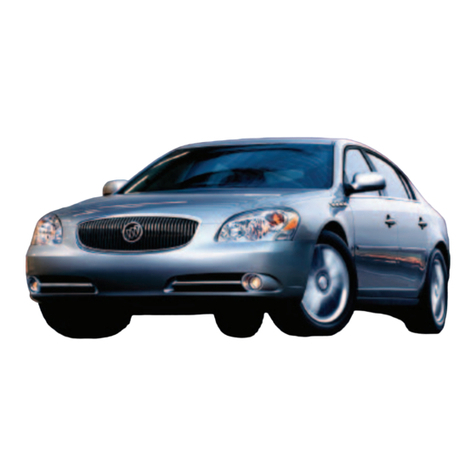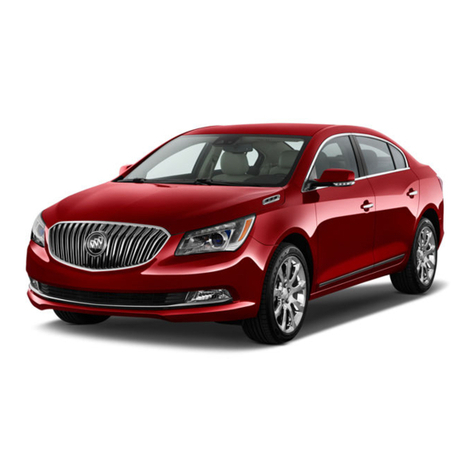Buick 40 Series 1948 Install guide
Other Buick Automobile manuals
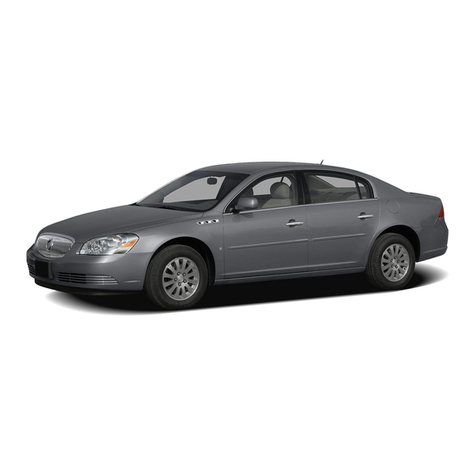
Buick
Buick 2006 Lucerne User manual

Buick
Buick 1993 Park Avenue User manual
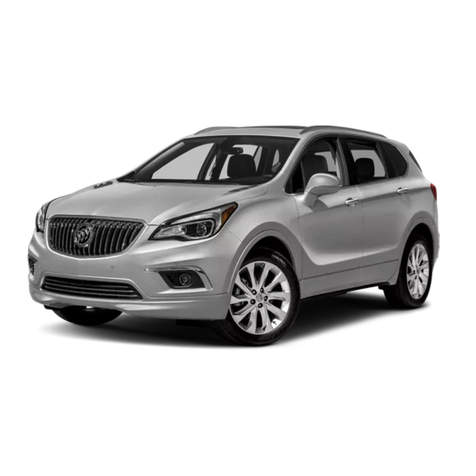
Buick
Buick 2016 Envision User manual
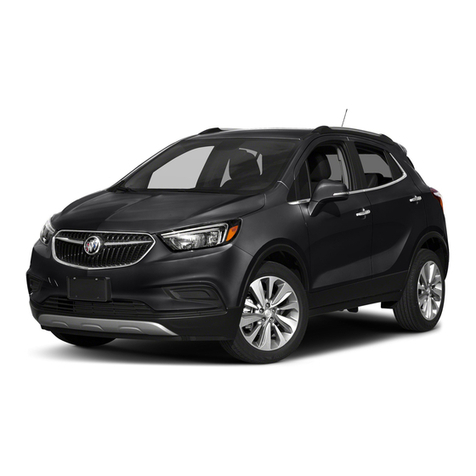
Buick
Buick ENCORE 2019 Assembly instructions
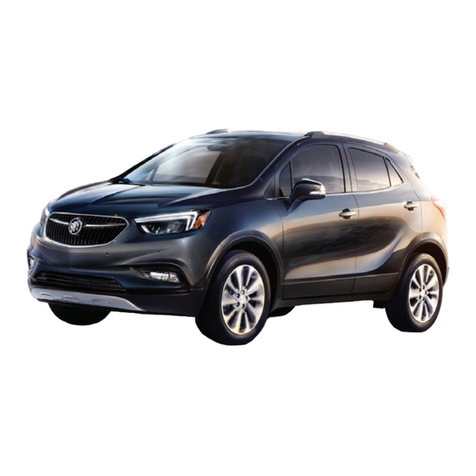
Buick
Buick 2017 Encore Assembly instructions
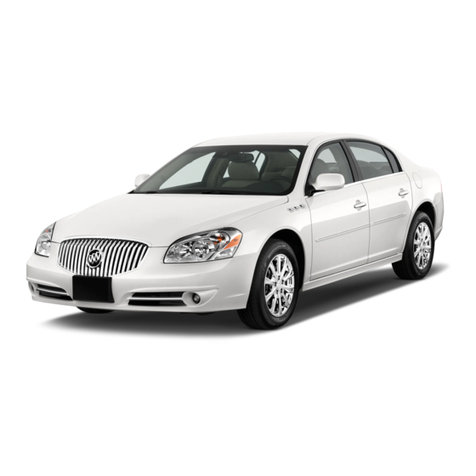
Buick
Buick 2011 Lucerne User manual

Buick
Buick 2003 Regal User manual
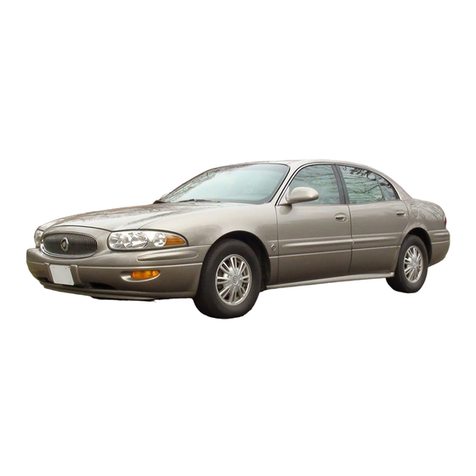
Buick
Buick 2003 LeSabre User manual

Buick
Buick RIVIERA 1993 User manual
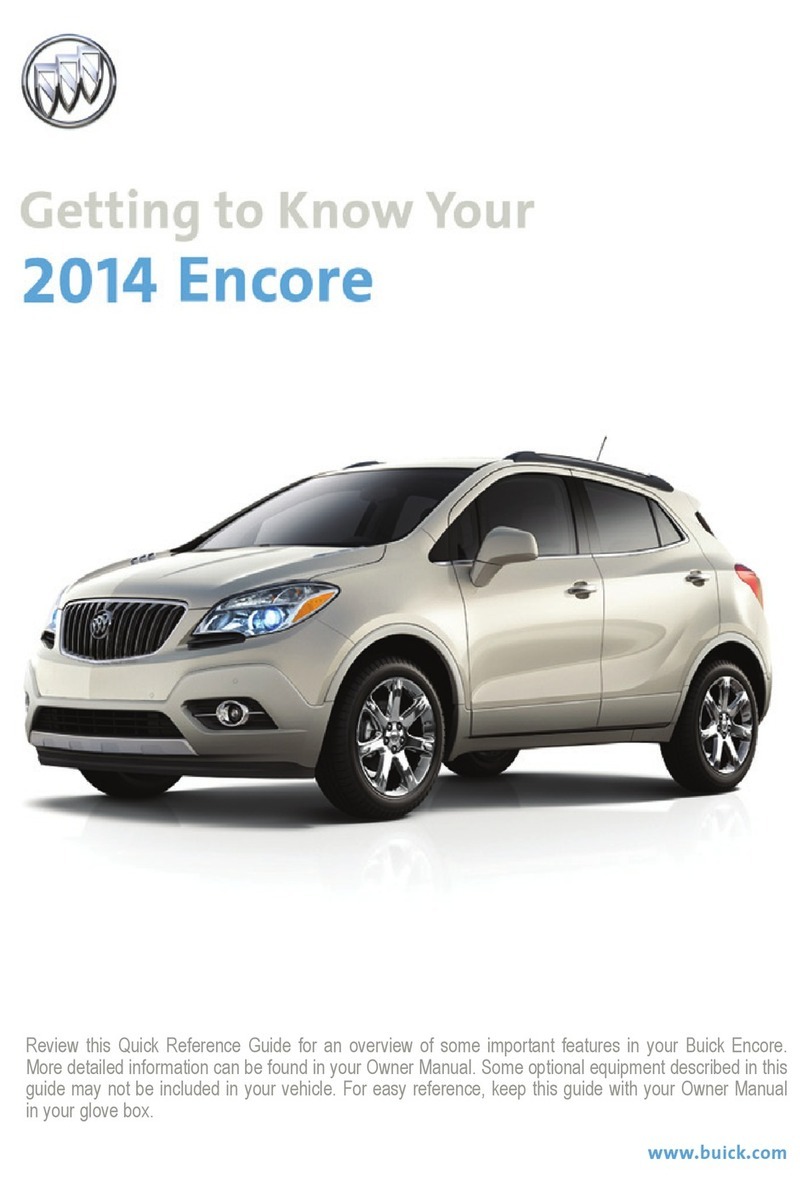
Buick
Buick 2014 Encore Car User manual

Buick
Buick 2013 Enclave User manual
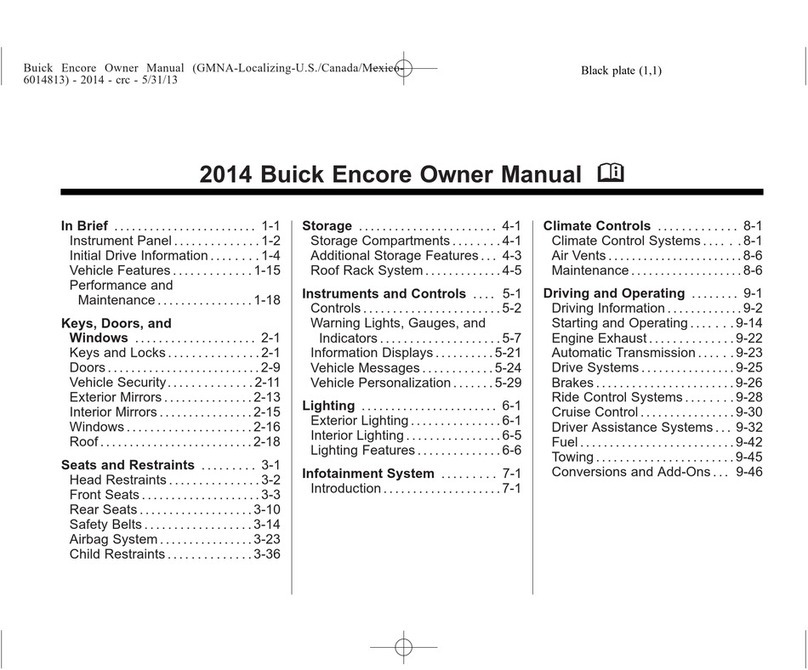
Buick
Buick 2014 Encore Car User manual
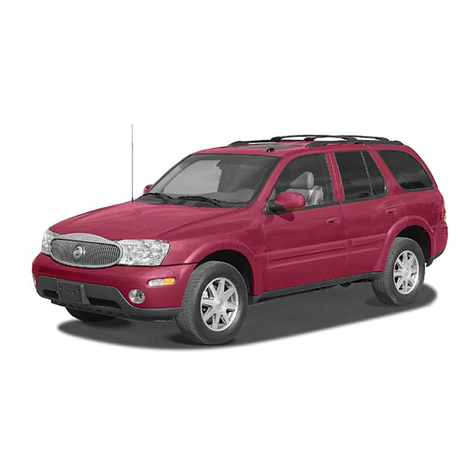
Buick
Buick 2004 Rainier User manual
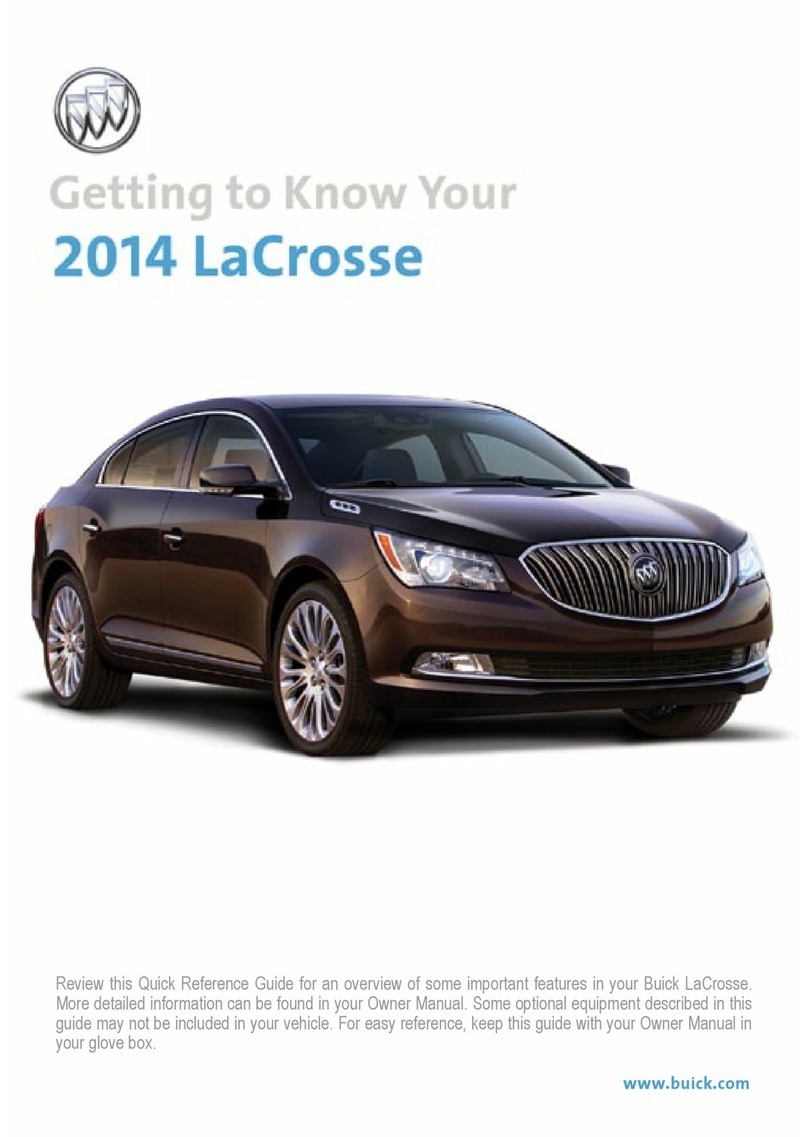
Buick
Buick 2014 LaCrosse User manual

Buick
Buick 2010 Enclave Parts list manual
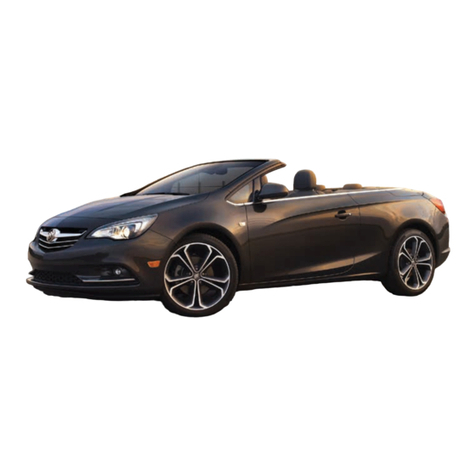
Buick
Buick Cascada 2016 Assembly instructions
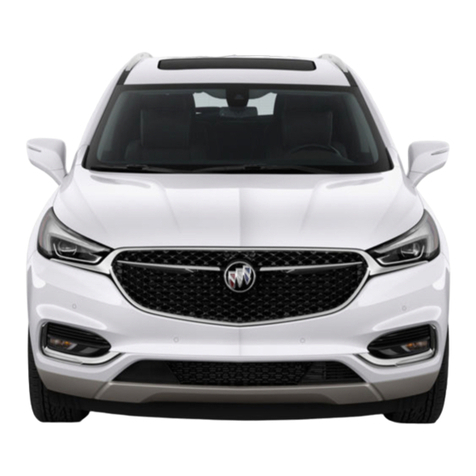
Buick
Buick Enclave User manual
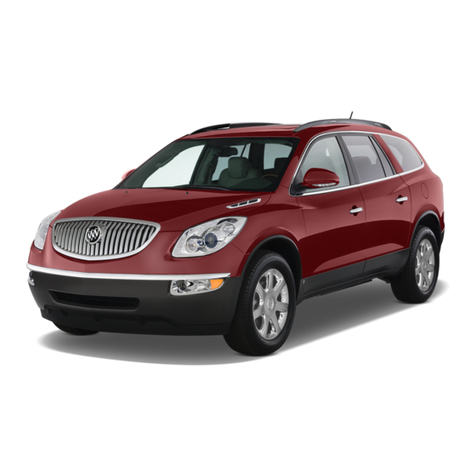
Buick
Buick ENCLAVE - 2011 User manual
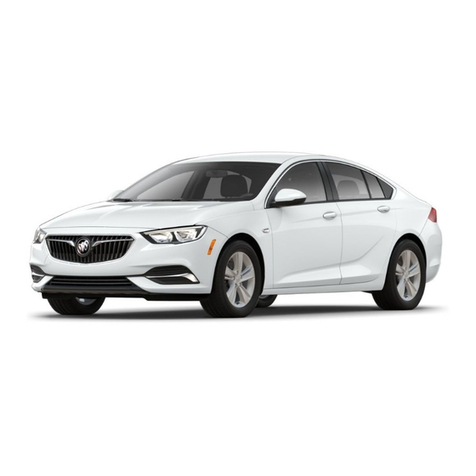
Buick
Buick 2018 REGAL SPORTBACK User manual
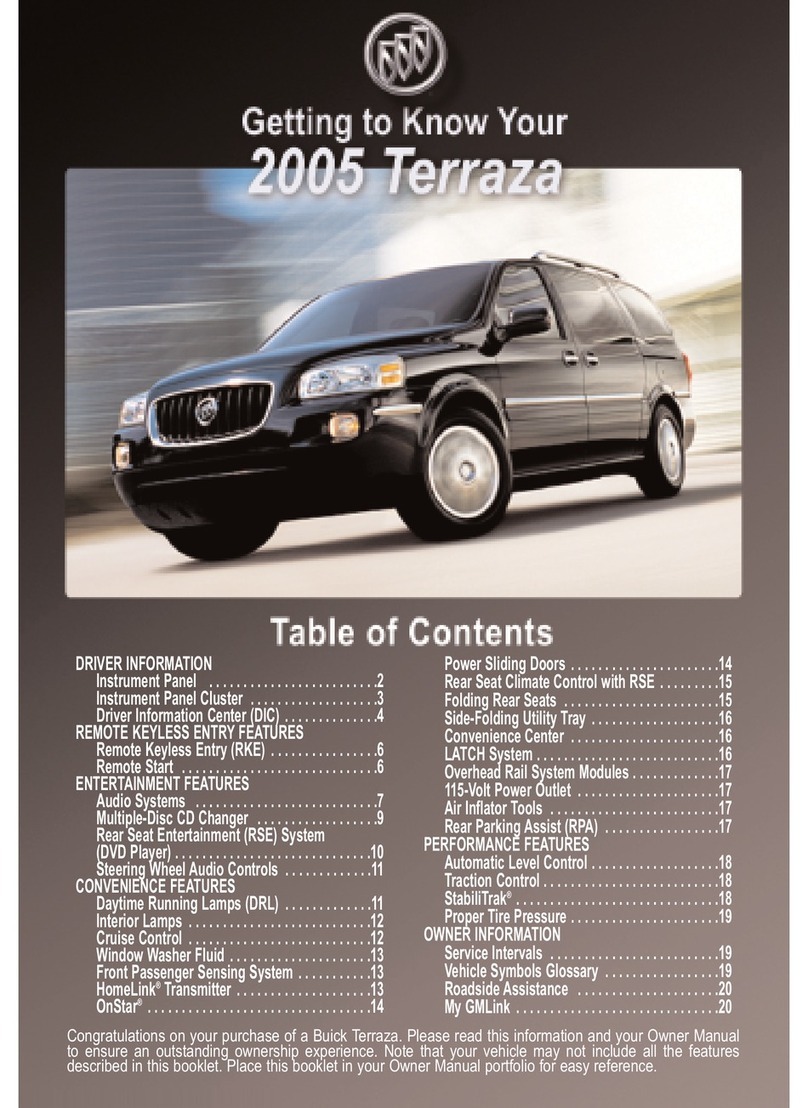
Buick
Buick 2005 Terraza Assembly instructions
